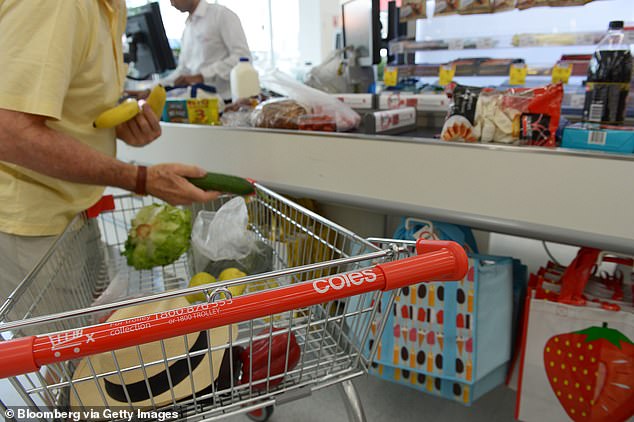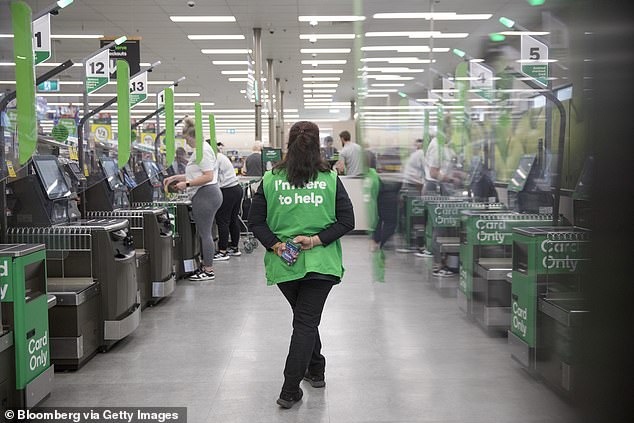- Nine foods cost more than $100
- Cost of living crisis worsens in remote Australia
Apples, carrots, breakfast cereals, flour, pasta, tea bags, cheese, milk and minced meat may seem like a simple shopping list of essential foods.
But in some remote communities, these nine basic items cost a total of more than $100.
Consumer advocacy organization Choice carried out a mystery shop at four remote community grocery stores in Western Australia and the Northern Territory.
The WA stores were in the Great Sandy Desert and Pilbara regions, while the Northern Territory stores were in the West Daly area and on the Tiwi Islands.
Choice found that the average price of a basket of 10 grocery items in these remote communities was $99.38, more than double the cost of the same items in capital cities, where they cost $44.70 on average.
The highest price for the items was recorded in the West Daly region of the NT, where the basket cost $110.82.
“If you’re on a low wage or Centrelink payment, and a high cost of living, then you’re going to have to choose between meals you don’t have,” said Bettina Cooper, financial counselor at Mob Strong Debt Help.
“You don’t have the option to buy anywhere else.”
Apples, carrots, breakfast cereals, flour, pasta, tea bags, cheese, milk and minced meat may seem like a simple shopping list of essential foods (stock image)
Choice journalist Jarni Blakkarly said the investigation highlighted food insecurity and high prices as major problems in remote communities across the country.
“The price differences between identical items in remote communities and in capital cities are quite striking,” he said.
‘In the capitals, for example, an average of $4.87 is paid for a kilo of apples.
‘In the shop we visited in the Tiwi Islands, people pay $7.50 per kilo. At the West Daly store, apples will cost you $9.10 a kilo.’
Tiwi Island resident Rosie told Choice she sometimes had to ask family or friends for help with shopping costs.
“I didn’t realize it was so much to support a small family,” he said.
“You want to be independent but you can’t because the prices in the stores are too high.”
Cooper, a Boandik woman, said she had visited remote communities where prices for some items, usually fresh fruits and vegetables, were not displayed.

Consumer advocacy organization Choice carried out a mystery shop at four remote community grocery stores in Western Australia and the Northern Territory (file image)
“You’re not going to choose healthy options if you don’t know how much it’s going to cost you,” she said.
“We want to have people with healthy diets and less blood pressure, less diabetes, less problems; give them the tools to be able to achieve that goal, not double the cost.”
Cooper said governments could help reduce pressure on remote communities by subsidizing transportation and monitoring grocery prices in remote areas.
“We’re not increasing Centrelink payments, wages aren’t rising with the cost of living, there’s no opportunity to compare prices – so we should put caps on the prices of essential staples,” he said.
“If we truly want to close the gap and give my First Nations brothers and sisters a fair chance, then we need to make sure we put people before profits.”


